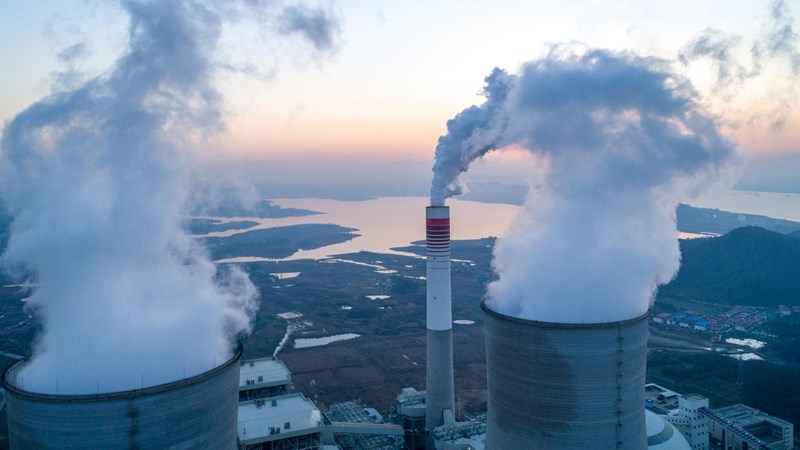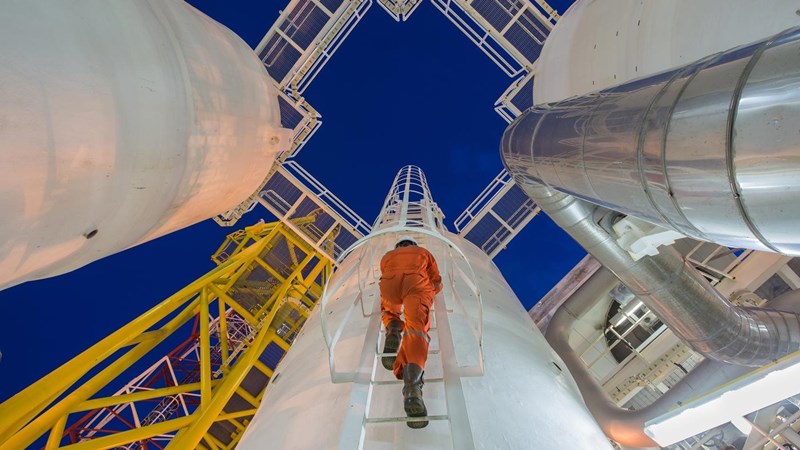As a means of removing the carbon dioxide created by fossil fuel use, carbon capture, utilisation and storage (CCUS) will be integral to a smooth energy transition.
CCUS isn’t new, so why the fuss now?
It’s true that industrial scale carbon capture projects have been around for half a century — a major project to use waste carbon dioxide from natural gas processing plants in Val Verde Texas in enhanced oil recovery (EOR) was started in 1972. However, it’s only recently that the urgent need to address climate change while ensuring a smooth transition away from fossil fuel use has really turned the spotlight on CCUS technology.

How big is the potential use case for CCUS?
Current global CCUS capacity is around 63 million tonnes per year (Mtpa); under our base case this is expected to balloon to 1,700 Mtpa by 2050. On the face of it that’s impressive growth, but it’s a mere fraction of what would be needed for an orderly energy transition; to constrain global warming to 1.5 degrees above pre-industrial levels, capacity would need to reach a staggering 7,750 Mtpa.

What industries can CCUS help decarbonise?
To date, most CCUS projects have focused on emissions reduction in power generation or gas processing. But going forward, we expect CCUS to expand into other industries (this is a driving force behind the hub and cluster concept, whereby a central CCUS ‘hub’ will process emissions from a range of industrial plants clustered nearby). Cement and steel production — which have limited commercial alternatives to fossil fuel use — will probably lead the way, while the CCS component in the production of blue hydrogen could also be important.

CCUS in numbers
Despite significant growth there's still an order-of-magnitude difference between planned capacity and 1.5-degree alignment
![]()
43 million tonnes per year
Current operational CCUS capacity
![]()
7x Increase
in planned CCUS capacity in 2021
![]()
562 million tonnes per year
Total planned CCUS capacity
![]()
5 billion tonnes per year
CCUS capacity required by 2050 to align with 1.5 degrees
Carbon Capture, Utilization and Storage (CCUS) Conference 2025
Date: October 8-9, 2025
Time: 8:00 AM - 6:00PM CST
Location: Houston, TX, USA
2025 promises to be an eventful year for North American carbon capture and storage. The 2024 presidential election will set the direction for investment in carbon removals. Inconsistency and uncertainty around policy support is one of the key challenges facing carbon removals worldwide.
Taking place from October 8-9 in Houston, TX, the 3rd annual Wood Mackenzie Carbon Capture, Utilization and Storage (CCUS) Conference will bring together leaders from carbon emitting industries, policy makers, upstream players, project developers, financiers, EPCs, and midstream transportation, storage, and utilization providers to discuss the costs and economic feasibility of projects.
Develop relationships with decision makers in carbon management, development, technology, finance, operations, engineering, origination, and procurement.
 KEYFACT Energy
KEYFACT Energy